Winter Fly Fishing: 10 Things to Remember
Posted by Curtis Jensen
Winter offers unique challenges for anglers, and it can therefore be an especially rewarding season for those who really want to hone their skills. Here are a few important facts about fly fishing during the winter months.
1. Most rivers don’t freeze.
Unless you’re at very high elevation or very far from the equator, your favorite moving waters don’t freeze in the winter. This is especially the case for tailwaters, any river or stream coming from a dam or other impoundment. Most dams are built such that outflows come from positions lower down the water column, making for generally consistent water temperatures across the year. Of course the further you are from the dam, the greater the range of temperatures are possible on a tailwater. But very rarely do tailwaters freeze, especially in the first few miles below a dam.
2. Busy waters aren’t so busy.
I live about 45 minutes from the best stretches of the Provo River, which on weekends from May through September are elbow-to-elbow with people swinging tackle much classier than anything I have. But between the first and last big snowfalls of the year, around late November to early April, Sunday mornings on the Provo see maybe half as many fly fishers, usually just a skeleton crew of like-minded folks who tend to give each other plenty of breathing room.
3. Sleep in.
On most waters, fish aren’t active ’til later in the day. 9am is plenty early to get on the river and set yourself up; in fact, in most situations fish aren’t active until as late as 11am, so why not hit the snooze button a couple times, or better yet, stay out later at the pub the night before for another pint or two?

4. Slow down.
As a function of cold water temps, fish slow down, and so should you. Fish are trying to save calories, and so are much less likely to chase your rig in winter than in summer. Also, low, clear winter flows make most waters spookier than other times of years. Make sure to strip streamers slowly, let nymph rigs go all the way to the end of their drift, and keep your movements slow, deliberate, and low-profile.
5. Less is more …
Tippet
Because river flows in winter months tend to be low and clear, fish can see your rig that much better. Try going down a tippet size from what you usually fish, say from 4X down to 5X.
Strike Indicators
Same goes for strike indicators; low and clear flows mean what is indicating a strike to you might be indicating a spooky situation to fish. In fact, why not ditch the indicator all together? Try Czech-style high-sticking in deep narrow runs, or just watch the leader for movement where it intersects the water, keeping an eye out for sub-surface flashes of light.
Socks
With most waders, the more socks you wear, the less blood circulates to your feet. Beyond a pair of mid to heavyweight Smartwool socks, the less blood will move, and the colder your toes will feel. Fly fishing is not like A Christmas Story—it’s OK if your toes can move around a bit. The booties on your waders are neoprene, designed to insulate in cold conditions, so let them do their job.
6. … in some cases.
Winter fishing naturally requires some more careful packing and dressing, and more of everything. Layer up like you’re going skiing, and pack a daypack with some coffee, extra gloves (they will get wet, its inevitable), an extra layer, and materials to build a streamside fire (if allowed)—it’ll enable staying out a little longer.

7. Sit your starters.
If it’s below freezing out, leave your best rod at home. The guides and reel will inevitably freeze, and you could break either the reel’s drag or a guide if you try to break through the ice instead of patiently thawing everything out. Breaking a $100 rod feels a lot better than breaking a $900 rod.
8. Bring the midges.
Midges can make up to as much as 50% of a fish’s diet, which is especially true in the winter. Unlike most of the bugs fish eat, midges can complete an entire life cycle in winter conditions. This means your best and most consistent chance for catching dry-fly action in January and February will be with midges. Fish key in on certain phases of the midge hatch just like any other hatch—midge pupa with trailing shucks make an easy meal and a killer emerger pattern on most waters.

9. Go big on the split shot.
The colder the temperatures, the more lethargic the fish. This means that pods tucked into the bottom of a six-foot-deep run are significantly less likely to get up and move for your nymph rig set up for two-foot-deep riffles and drifting four feet over their heads. Add another split shot or two to get flies where fish are. Then add another, just to make sure.

10. Blue wing olives and stoneflies are real.
During warming trends and lower-pressure systems, blue wing olive mayflies and even stoneflies can hatch all the way into January. Make sure to have BWO and stonefly dries in your box in case they do. And when you do catch one of these hatches in winter, savor it. I can think of almost nothing in the world quite so fine as standing numb to the waist in a deep run with clouds of blue wings pouring off the river, riseforms boiling all around, and a fish taking the dry fly I just cast into a heavy snowfall churning above the water.

1.Blue Ridge Fly Fishing Guide
2.Hiwassee Etowah Saluda River, Southern Summer Runs on the Fly
3.Winter Fly Fishing: 10 Things to Remember
4.How to Stay Warm While Fly Fishing in the Winter
5.European Nymphing: The Hot Fly Fishing Technique Explained


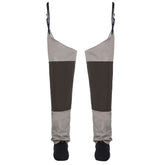
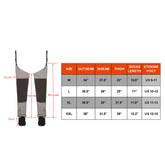
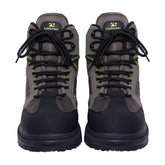
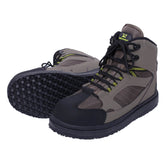
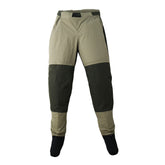

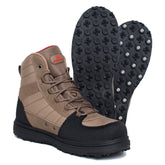

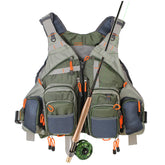
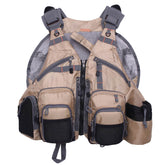
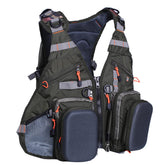
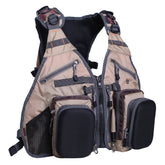

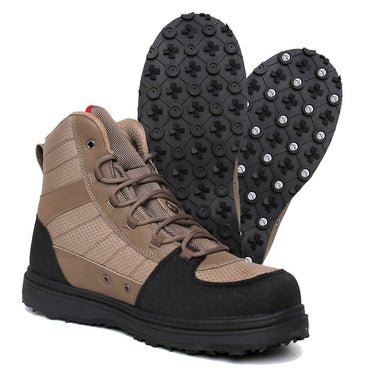

Leave a comment
Please note, comments need to be approved before they are published.